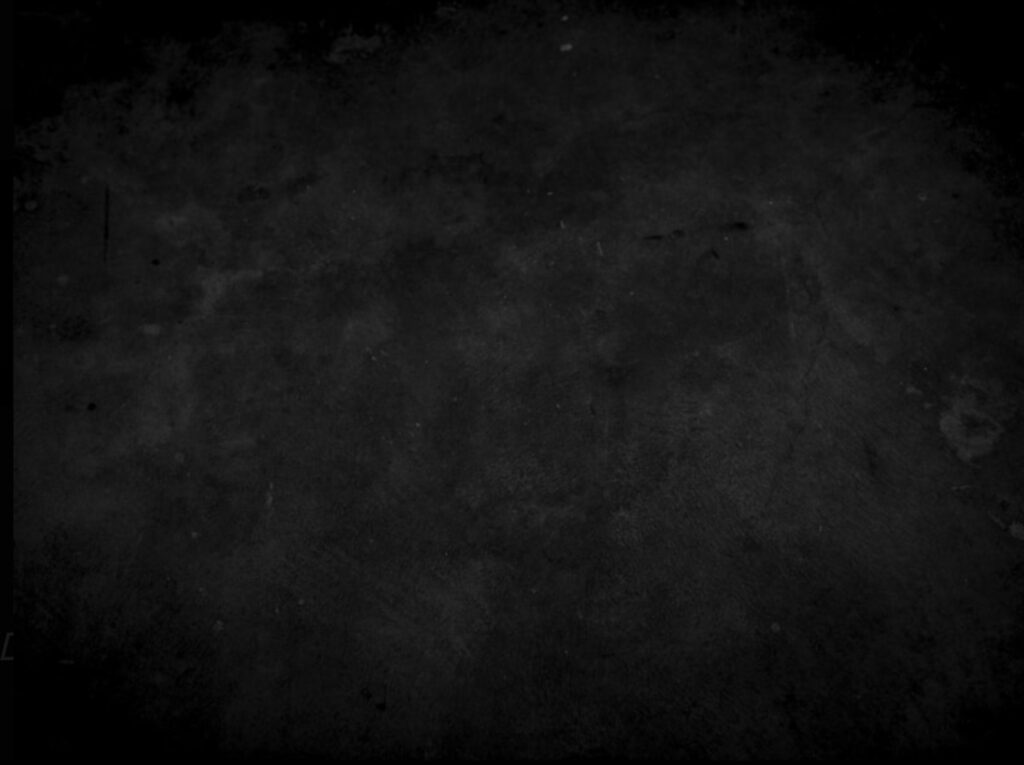Salvador Dalí’s haunting masterpiece “The Face of War” stands as one of the most powerful anti-war statements in 20th-century art. Painted in 1940 during one of history’s darkest periods, this surrealist work captures the psychological devastation of conflict with disturbing clarity.
Created at the end of 1940 while Dalí lived in California, this nightmarish canvas emerged from the artist’s vivid memories of the Spanish Civil War. The painting serves as both a personal reckoning and a universal statement about war’s destruction of the human spirit.
A Canvas Born from Conflict
Dalí completed “The Face of War” during his American exile, having fled Europe as Nazi forces swept across the continent. The Spanish Civil War had already left deep scars on his homeland, and the artist witnessed firsthand the devastation that would soon engulf the world. His house in Port Lligat had been ransacked and covered with fascist graffiti, while his journey through war-torn Spain revealed landscapes of destruction that would haunt his artistic vision.
The timing of the painting’s creation adds layers of meaning to its imagery. While World War II had begun, Dalí noted that it had “not yet provided a cortege of frightful images capable of impressing” him. Instead, the Spanish Civil War’s brutal reality provided the emotional foundation for this work.
Deconstructing the Nightmare
The painting presents a grotesque skull floating against a desolate landscape, its eye sockets and mouth filled with identical smaller faces of death. This recursive imagery creates an infinite loop of mortality each face contains the same death-filled visages, suggesting the endless cycle of violence that war perpetuates.
Surrounding the central skull, serpentine forms writhe across the barren ground. These snake-like creatures, traditional symbols of evil and temptation, reinforce the painting’s themes of corruption and moral decay. The brown tonalities that dominate the composition intensify the work’s oppressive atmosphere, creating a visual representation of despair.
The landscape itself tells a story of devastation. Rocky outcroppings and barren terrain stretch toward a threatening sky, while skeletal remains scattered across the foreground remind viewers of war’s human cost. This wasteland serves as more than mere background it becomes a character in the narrative of destruction.
Dalí’s Personal Touch
One unique aspect of “The Face of War” is Dalí’s handprint, visible in the lower right corner. The artist emphasized that this was the only work bearing the true imprint of his hand on canvas. Whether intentional or accidental, this physical mark connects Dalí directly to his creation, suggesting a deeply personal investment in the work’s message.
The Artist’s Philosophy of Death
Dalí’s own words provide insight into the painting’s psychological depth. In his diary, he wrote about the two forces driving his artistic brain: “libido, or the sexual instinct, and second, the anguish of death.” He described how “not a single minute of my life passes without the sublime Catholic, apostolic, and Roman specter of death accompanying me.”
This preoccupation with mortality permeates “The Face of War,” transforming it from a simple anti-war statement into an existential meditation on human vulnerability and the inevitability of death.
Surrealism Meets Social Commentary
The painting exemplifies Dalí’s ability to merge surrealist techniques with profound social commentary. The dream-like distortion of reality serves a purpose beyond mere artistic experimentation it forces viewers to confront uncomfortable truths about human nature and society’s capacity for violence.
The infinite regression of death-faces creates a hypnotic effect that draws viewers deeper into the work’s psychological landscape. This technique reflects surrealism’s interest in the unconscious mind while addressing very conscious concerns about war’s impact on civilization.
Legacy and Relevance
“The Face of War” remains startlingly relevant decades after its creation. The painting’s exploration of war’s psychological toll resonates with contemporary audiences who have witnessed conflicts across the globe. The work’s power lies not in depicting specific battles or events, but in capturing the universal horror of armed conflict.
The painting currently resides in the collection of Museum Boijmans Van Beuningen in Rotterdam, though it occasionally travels to exhibitions worldwide. Its enduring impact demonstrates art’s ability to transcend its historical moment and speak to fundamental human experiences.
Beyond the Canvas
Dalí’s masterpiece continues to influence artists, writers, and thinkers grappling with themes of mortality and human suffering. The work’s psychological complexity invites multiple interpretations, from existentialist readings to psychoanalytic examinations of trauma and memory.
The painting also serves as a testament to art’s role as historical witness. Through “The Face of War,” Dalí preserved not just the visual impact of conflict, but its emotional and spiritual consequences for generations to come.
“The Face of War” stands as Salvador Dalí‘s most haunting achievement a work that transforms personal trauma into universal truth. Through surrealist imagery and unflinching honesty, the painting forces us to confront war’s ultimate cost: not just the loss of life, but the destruction of human hope itself.
